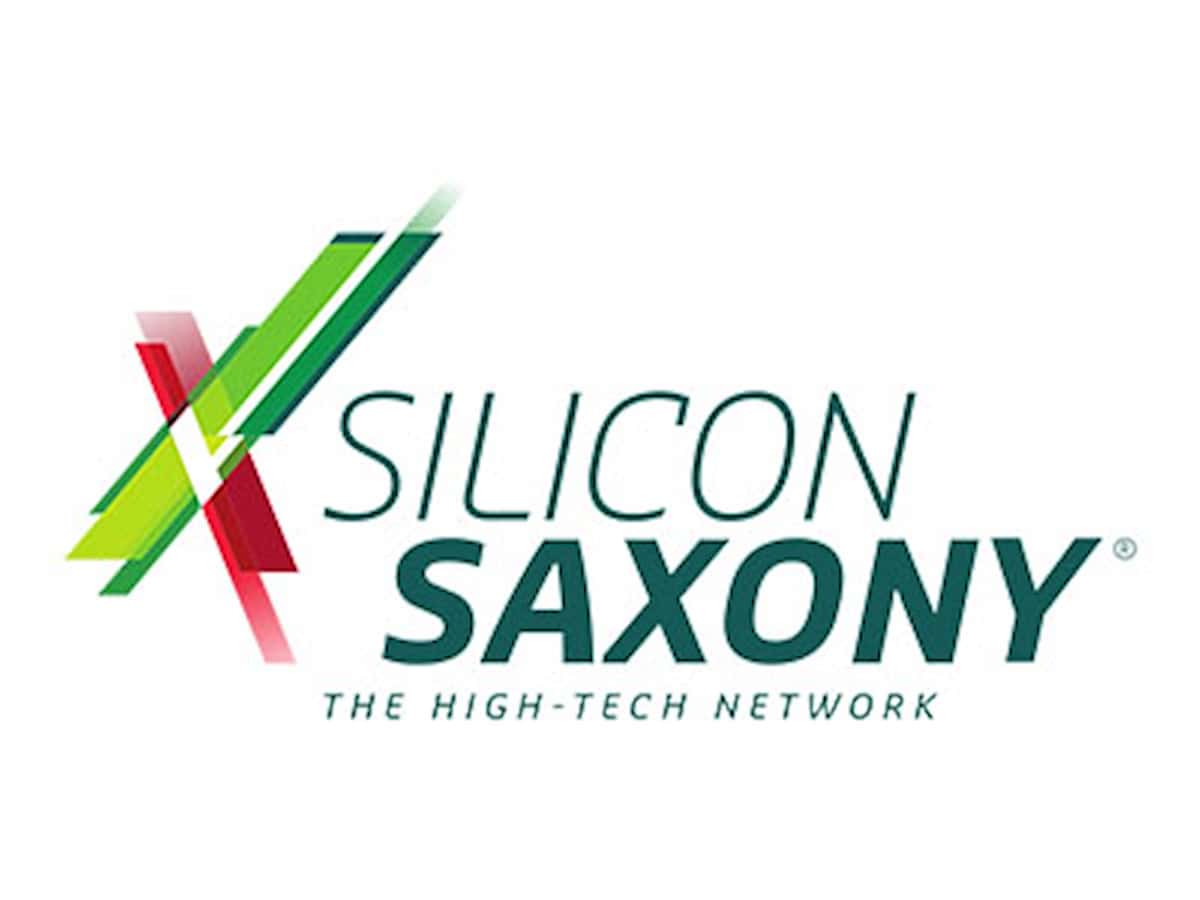
Circa 70 percent of the cloud capacities available in Europe are currently controlled by US providers. 85 percent of the graphics processing units (GPUs) required for artificial intelligence (AI) are also controlled by US providers. The hyperscalers Amazon Web Services (AWS), Microsoft and Google operate more infrastructure in these fields in Germany than all European providers combined. If the US heavyweights – due to the currently only suspended customs disputes between Europe and the USA – were to come under fire in the coming months or if their offers were to become disproportionately more expensive due to digital tariffs, Germany, among others, would have to dig deep into its own pockets and/or compensate for around 1,200 megawatts (MW) of additional IT connection capacity. This corresponds to around 40 percent of Germany’s current total capacity of 2,700 MW. An impossibility. There is also an enormous gap in Europe’s storage requirements. According to AWS, the loss of the US hyperscalers would leave a supply gap of at least 40 exabytes. By comparison, all the data collected by Google to date corresponds to a total volume of around 15 exabytes. The dependency in the area of high-performance computing (HPC) is just as clear. Two thirds of HPC services for industry and research in Germany run on Azure and AWS. Here too, European providers would not be able to take over these capacities in the short or medium term.
Europe is dependent on US digital companies
Europe is therefore in a digital dilemma, and not just since yesterday. Energy supply, healthcare, the financial sector, public administration and industry are highly dependent on US cloud infrastructures – for example for smart grids, digital healthcare applications, payment systems or administrative databases. The failure of these services would have massive consequences for Germany and Europe, as a global IT outage in 2024 already showed. At that time, airports, production lines and the retail sector came to a standstill. The administration was also massively affected, as digital land registry offices and tax databases, for example, also run on US infrastructures. There is no reason to fear that US companies would cut the transatlantic lines and discontinue their services even in the event of an escalating customs dispute between the EU and the US. However, it could be expensive for European customers, states and the union of states.
The expansion of data centers to meet demand would cost up to 24 billion euros
There are currently around 2,000 data centers in Germany, each with at least 50 kilowatts of IT power. Larger clusters are located in Frankfurt am Main, Berlin, Munich, the Rhineland and Hamburg. Outside of these hotspots, the necessary energy infrastructure is often lacking. And even these locations are struggling with already exhausted connection capacities, a lack of personnel and long construction times. It takes an average of 18 to 24 months to set up a new high-availability data center in Germany. In addition, the construction of new data center capacities often fails due to the availability of transformers, emergency power systems and special cooling systems. Many of these components are subject to international supply chains with lead times of several months. It would cost Germany between 14 and 24 billion euros to build the 1,200 MW of connected capacity currently being acquired by US companies. And would probably mean years of planning, procurement and construction. Funding programs such as the Important Projects of Common European Interest – Cloud Infrastructure and Services (IPCEI-CIS) would in principle be available for financing. However, neither concrete funding nor a national strategy to promote digital resilience have been adopted to date. In this respect, IPCEI-CIS is anything but fully capable and can therefore achieve little in the short term.
Open source solutions to gain in importance in Germany and Europe
So do Germany and Europe need their own hyperscalers? At the roundtable of the association ALASCA, which our Silicon Saxony colleague Julia Nitzschner moderated at the beginning of April, the answer was clear: “No!”. There had already been efforts to set up a hyperscaler in Europe with the Telekom Cloud. The Sovereign Cloud is now even the third attempt. “The market demand is not there,” summarized Oliver Nyderle, Head of Digital Trust & Web 3 at Telekom. Miriam Seyffart from the Open Source Business Alliance (OSBA) also believes that it is not necessary to set up a European hyperscaler and instead proposes cooperation in a decentralized system. Seyffart would like to see “a clear open source commitment” from the new German government. At the ALASCA event and in the person of Ernst Stöckl-Pukall, Head of the “Digitalization, Industry 4.0” department at the Federal Ministry for Economic Affairs and Climate Protection, the government referred to its responsibility as a moderator and promoter. “We want to shape things,” said Stöckl-Pukall. Only what and how remained uncertain.
GAIA-X is not an alternative for a European cloud even after five years of development
Of course, associations such as ALASCA can support the development, dissemination and promotion of open source technologies – especially in the cloud sector. However, the facts and figures mentioned above suggest that Europe simply lacks the capacities in the area of data centers and other infrastructures to offer European cloud alternatives to its own economy, industry, research, science, education and many more. All projects launched to date, such as the European cloud initiative GAIA-X, have been trying to offer solutions for years. In reality, however, Europe is no less dependent on American digital offerings today than it was five years ago (2019), when GAIA-X was launched. The goal of a federated, GDPR-compliant data ecosystem seems feasible. GAIA-X projects such as iECO for the construction sector, with the participation of Silicon Saxony members Fraunhofer IVI, Fraunhofer IIS/EAS, IPROconsult and N+P Informationssysteme, among others, demonstrate the feasibility of European cloud solutions in the GAIA-X cosmos. However, problems with the initiative also became apparent. GAIA-X is nothing more than a framework, a structural framework that shows the basic processes, necessities and formalities. However, developing functioning solutions within this framework costs a lot of money and know-how. Small and medium-sized enterprises (SMEs) – the backbone of the German and European economy – can only provide both to a limited extent or not at all. Last but not least, bureaucracy, fragmentation and a lack of acceptance have slowed down the GAIA-X project since its launch five years ago.
Medium-sized companies should compensate for the large hyperscalers in Europe
But if new European hyperscalers, initiatives such as GAIA-X or open source solutions cannot pull the cloud iron out of the fire, then who can? With Comarch, MagentaCLOUD, OVHcloud, secureCloud, Inernxt, IONOS, leitzcloud by vBoxx, Nextcloud, Tresorit, Open Telekom Cloud, Scaleway and Aruba, there are a number of European providers that offer secure cloud services. However, these often have weaknesses in the areas of scalability, global presence and AI performance. They are therefore more suitable for SMEs and data protection-sensitive applications, but not as a fully-fledged replacement for US hyperscalers. It is also positive that programs such as IPCEI-CIS, InvestAI and EuroHPC support the development of European cloud and AI infrastructures. AI gigafactories, telco cloud stacks and open source initiatives such as Mistral AI and OpenNebula have provided important impetus in recent months and years and created new European offerings. However, even these solutions cannot compete with the market power of US companies. Anything that is not well-known, can survive the price war and inspires confidence will not be used. That’s simply how the global market economy works. Although cloud users are offered a wide range of options, the small details involved are all too often a deterrent and strengthen the international hyperscalers.
The current disruption caused by the US tariffs is an opportunity for Europe in the cloud sector
Short-term disruptions, such as the current tariff dispute between the US and the rest of the world, will change little in the long term. In the current uncertainty, numerous companies and institutions are looking for European alternatives to the US hyperscalers. All of the European cloud providers mentioned above have seen an enormous increase in demand in recent weeks and therefore also new customers. The question is: how long will this surge last if the customs concerns and isolationist efforts from the USA dissipate? Whether out of convenience or simple pragmatism, the market power of US digital companies will remain unbroken as long as Europe does not develop or promote well-known, high-performance alternatives. With Schwarz Digits, part of the Schwarz Group, a solution provider that is as smart as it is focused on its target group (the retail sector) has set out in recent years to take its own problems into its own hands. A simple necessity became a solution and a company that has been growing dynamically ever since and has the potential to make a difference in the cloud sector.
Europe must position itself more broadly and consistently follow the paths it has taken
It is just one of many examples that show the way to digital sovereignty and are suitable as role models. As a first step, it would make sense to make these projects, initiatives and companies visible for the whole of Germany and Europe and to promote their development in the long term. Artificially developing hyperscalers is certainly not the best way, and perhaps not even necessary. However, closing oneself off to the development of a European hyperscaler would not be clever either. And this is precisely where politicians should start in the coming months and years. Existing players must be strengthened and supported. Data centers should be classified as critical infrastructures and must benefit from a reduction in bureaucracy. The planning and construction of these infrastructures should be accelerated. Approvals should not only be granted quickly, but the associated projects should also receive tax and energy policy incentives. Further efforts, budgets and implementation pressure are also needed to actually get initiatives such as GAIA-X and IPCEI-CIS off the ground. And companies and institutions – i.e. the potential customers of cloud providers – are also in demand. Multi-cloud strategies, migration of critical systems to European providers and emergency plans for data center and cloud failures are not rocket science. Associations such as Silicon Saxony or ALASCA can provide advice and targeted networking.
Digital sovereignty is not a gift, it has to be worked hard for. That is the uncomfortable truth. The opportunity to set the right course and break new ground is greater today than ever before. However, this requires cooperation across all levels – from politics, projects, initiatives and associations to cloud providers and their customers. Together, Europe can become more digitally independent and expand its own cloud ecosystem step by step. Otherwise, we shouldn’t be surprised if we are left high and dry at some point.
_ _ _ _ _
Silicon Saxony Newsletter & Podcast
Our Silicon Saxony Newsletter reaches you twice a month. We keep you up to date with the latest news from the Saxon, German or international microelectronics, ICT and software industry, events from and for the tech scene, worthwhile activities, funding opportunities and projects for you and your company. 👉Newsletter registration
Our podcast “What’s chippening” always features microelectronics expert Frank Bösenberg as a guest. The approx. 15-minute format focuses on current national and international semiconductor news, which he explains, evaluates and classifies so that you can always start the coming week well informed. 👉Podcast
Photo: pixabay



